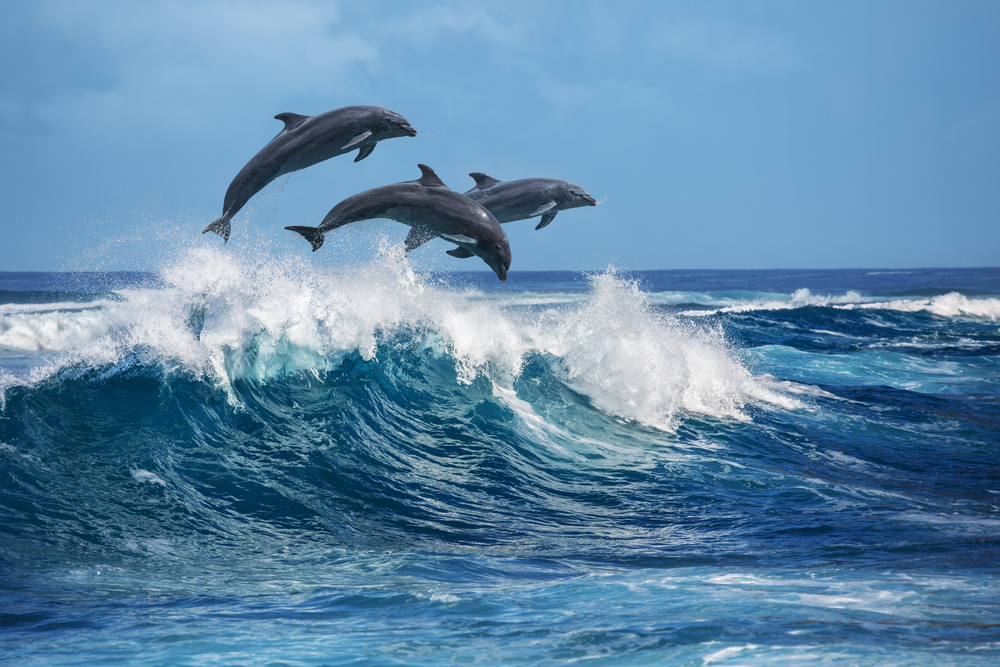Fun and Interesting Facts and Trivia about Dolphins
Welcome to our page full of fun facts about dolphins! Here you’ll find a collection of amazing, interesting, cool and trivia facts about these intelligent and playful creatures. Did you know that dolphins can swim up to 20 miles per hour or that they can recognize themselves in a mirror? Dive in to learn more fascinating facts about dolphins that will leave you in awe. #dolphin #dolphins #ocean #sea #nature #whale #cetacean #seaworld #animals #dolphinlove #wildlife #orca #killerwhale #love #photography #marinelife #bottlenosedolphin #whales #cetaceans #underwater #animal #seaworldorlando #seaworldcares #dolphinwatching #dolphintale #sealife #oceanlife #orcas #dolphinproject

Dolphins are a type of cetacean, which includes whales and porpoises. They are known for their intelligence, playful behavior, and social nature.
There are over 40 species of dolphins, including the bottlenose dolphin, spinner dolphin, and the orca, which is the largest species of dolphin.
Dolphins are found in oceans and freshwater rivers all over the world.
They are highly intelligent and have a complex social structure, living in groups called pods that can range from just a few individuals to several hundred.
Dolphins have a streamlined body shape that helps them swim quickly and efficiently through the water.
They are carnivorous and primarily eat fish and squid, using echolocation to locate their prey.
Echolocation is a form of sonar that dolphins use to navigate and hunt, emitting clicks and listening for the echoes that bounce back off objects in their environment.
Dolphins are social and communicative animals, with a wide range of vocalizations including clicks, whistles, and body language.
They are known for their playful behavior, often seen leaping out of the water, riding waves, and playing with objects like seaweed or balls.
Dolphins are air-breathing mammals and need to come to the surface to breathe through their blowhole, which is located on the top of their head.
They can hold their breath for up to 10 minutes while diving, depending on the species.
Dolphins have a range of adaptations that help them survive in their aquatic environment, including a layer of blubber to keep them warm, and a streamlined body shape that reduces drag in the water.
Some species of dolphins are migratory and can travel long distances in search of food or mating partners.
Female dolphins give birth to a single calf after a gestation period of around 12 months.
Dolphin calves are born tail-first to help protect their head and are able to swim and breathe almost immediately.
Dolphins are known to display altruistic behavior, such as helping injured or sick members of their pod.
They have been observed working cooperatively with other species, such as fishermen or other cetaceans, to catch prey.
Dolphins have been trained for military use, such as detecting underwater mines or locating lost objects in the water.
They are also popular in aquariums and marine parks, where they are trained to perform tricks and interact with visitors.
Dolphins are threatened by a range of human activities, including pollution, overfishing, and hunting, with some species considered endangered.

